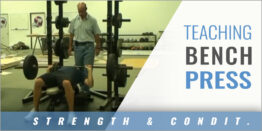|
Fixing the Second Phase in the Triple Jump
A Physical Challenge Diagnosis Landmarks - Frontside Distances Landmarks - Pelvic Alignment The Starting Point Excessive Frontside Distance Correct Frontside Distance Insufficient Frontside Distance Closing |







